“Drilling Brains for a New & Better Use of Technology”
Patents Pending
HOME
Give a child a toy and they're happy for an hour.
JP18 is the Battery IN male header top right of images
RoboGuts™ circuit board Layout
There is a V+ and a V- ... Generally called; Positive Voltage and Ground
Most people will use positive with RED or ORANGE wires
See the various ways to power the RoboGuts™ circuit board
The Power IN is dependent upon the voltage you have available.
With the PICAXE 28X2 module you can use anything from +7V to +12V on PIN 28
or
or
Various ways to Power the RoboGuts™ circuit board
RoboGuts™ Build-Up with PICAXE 28X2 module
RoboGuts Build-Up with a BS2 BASIC Stamp 2 module
Powering the RoboGuts +PICAXE28X2 +4 5V 3-AA cell Battery Pack
Powering the RoboGuts +PICAXE28X2 +9V
Powering the RoboGuts +PICAXE28X2 +LM7805 +9V Battery
Powering RoboGuts +BS2 +9V Battery
Powering RoboGuts +Parallax BS2 +4.5V 3-AA cell Battery Pack
RoboGuts™ Build-Up with the Arduino ATMEGA328P chip
Powering RoboGuts +ATMEGA328P +LD1117V33 3.3V Regulator +9V
Powering RoboGuts +ATMEGA328P +4.5V 3-AA Battery Pack
RoboGuts+Lesson X0 3D printed miniFloppyBot Singing Electronic
RoboGuts™ Lesson-00, 02 and 10 BuildUp
RoboGuts™ Build-Up with the Arduino ATMEGA328P chip
RoboGuts™ Build-Up with PICAXE 28X2 module
RoboGuts Build-Up with a BS2 BASIC Stamp 2 module
A couple of opinions on Volts & Amps
Now I'll answer your question. 24V is generally considered a "safe" voltage because it can rarely break down the resistance of your skin. This is why model railroads generally never went higher than 24V. None-the-less, if you stand in your bare feet in a puddle of grounded salt water and grab onto 24V with your slippery salt water hands, you'll probably feel it and it may be the last thing you ever feel.
In addition to current issues, almost all batteries we encounter in robotics have a failure mode where if you short them, the battery will get extremely hot and possibly catch fire or even possibly explode. If it is a lithium battery, you probably will not have any means at your disposal to put the fire out. Some to the newer and more expensive batteries have a current limiter built into the battery, so a direct short will not cause the battery explosion and catch fire phenomena.
This is a pretty large subject and I am only scratching the surface.
The official answer is that under 50V is safe, inspired largely by the huge bill that would have been incurred to replace all the phone jacks on the 48V system in use.
However, 12V can kill you if you try hard enough and even a couple of volts can be felt if you've got wet skin (tongue on a 9V battery is a good demonstration of an unpleasant but non-fatal zap).
The other thing to consider is the rated voltage of whatever else you're using. 12V, 24V and 48V are all 'standard' voltages for various reasons. It's also better to convert down from battery voltage rather than up.
5t4nd1ng @ th3 3dg3 0f 5p3ct4t10n!
Teach a child how to make their own toys, and they're happy for life!
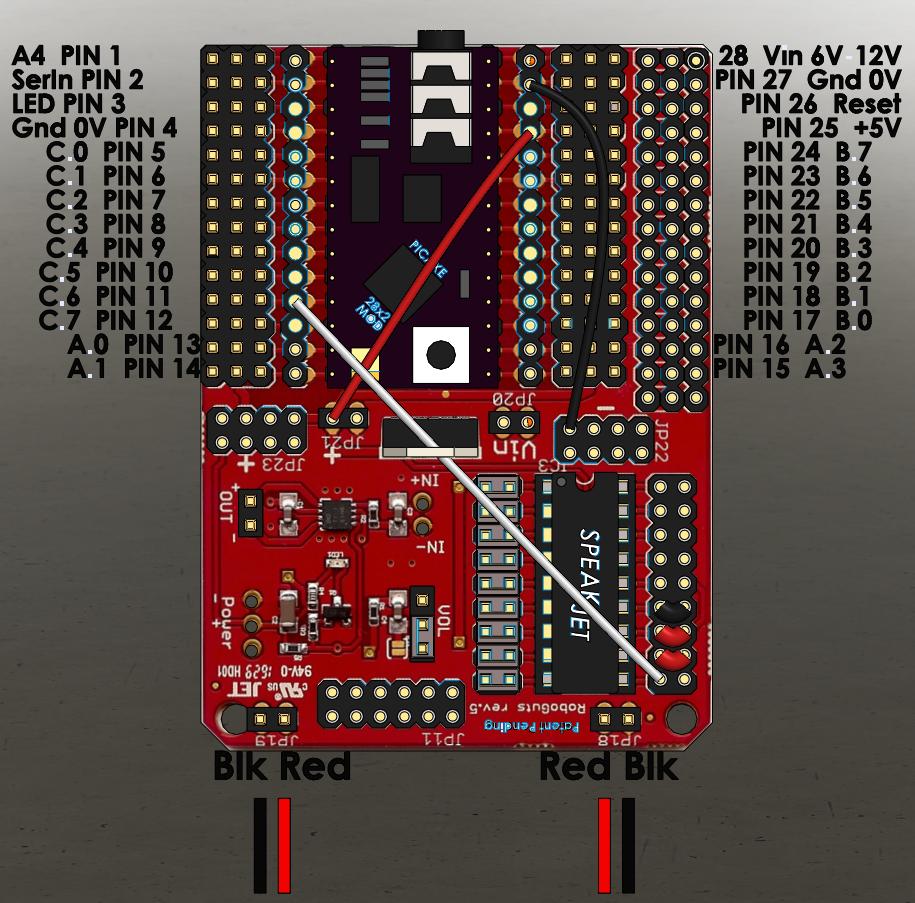

and
Ground with BLACK or GREEN wires
Experiments are designed for 3-AA batteries = 4.5V or 5V a.c. adapter Power IN
Experiment-00-4.5V-5V
. . . . .
Experiment-00-6V-12V
. . . . .
Experiment-00 3.3V or 5V regulator + 6V-12V
However, some of these colors will be used with other devices like color LEDs so not all red/orange or black/green colors will be + or -

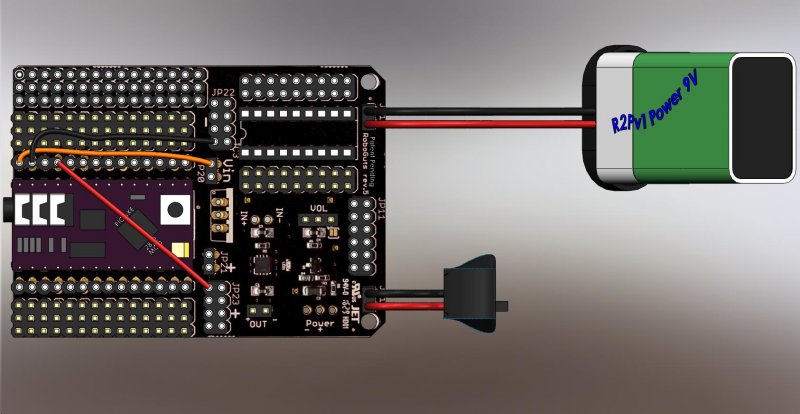
and the PICAXE 28X2 module then supplies +5V to the RoboGuts™ board
+4.5V to +5V on PIN 25 and the RoboGuts™ board and module will function just fine.
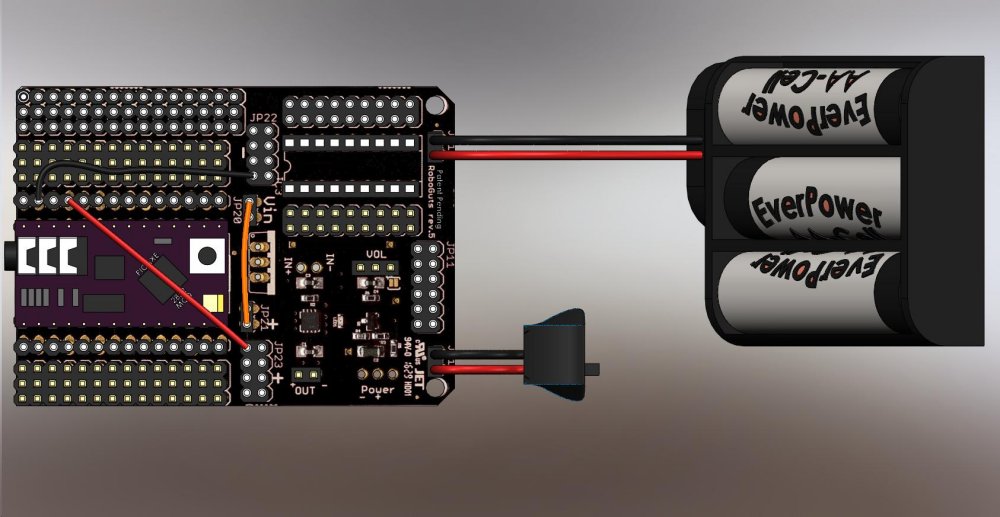
Jumpering from PIN 25 to the Vdd power block you can carry the +4.5V or +5V to share power to the RoboGuts™ circuit board
+6V on PIN 28 and the RoboGuts™ board and module will function just fine jumpering from PIN 25 to the Vdd power block you can carry the regulated +5V to share power to the RoboGuts™ circuit board
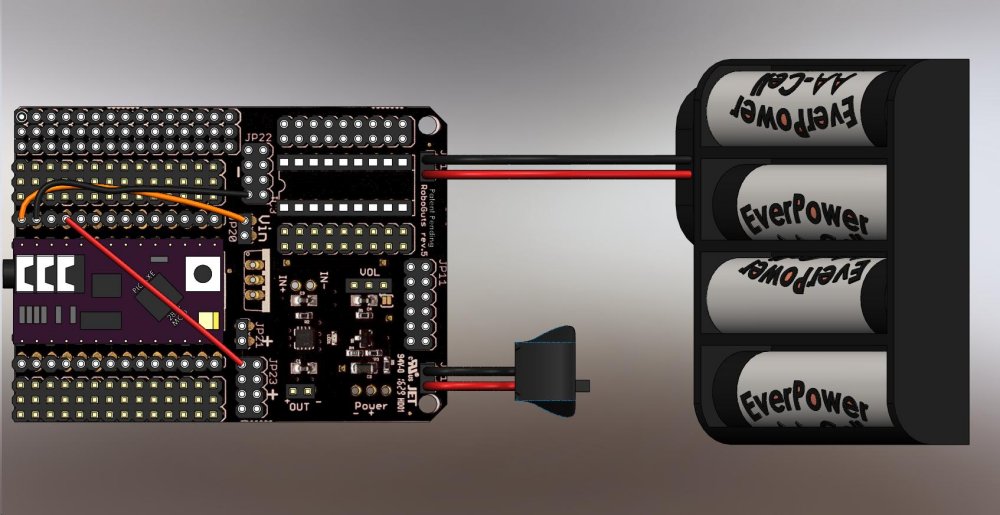
+7.4V (2-cell) to 11.1V (3-cell) LiPo on PIN 28 and the RoboGuts™ board and module will function just fine jumpering from PIN 25 to the Vdd power block you can carry the regulated +5V to share power to the RoboGuts™ circuit board
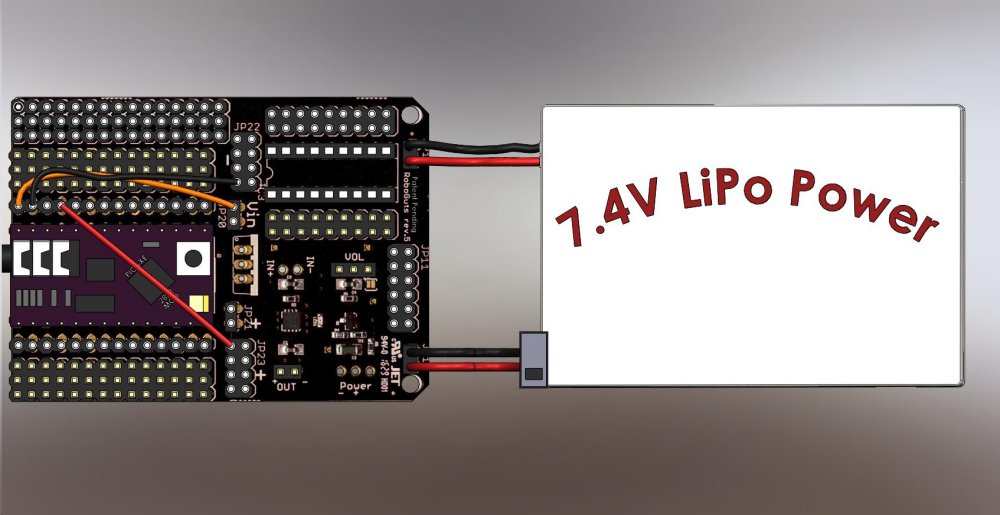
http://www.energizer.com/science-center
- - - - - - - - - - POWER Videos - - - - - - - - - -
- - - - - - - - - - ASSEMBLY Videos - - - - - - - - - -
What is taught to electrical engineers is that "it is the current that kills".
1mA can put you into ventricular fibrillation you if there there is a current path that goes directly through your heart. One of my projects used a 14KV power supply (very low current) and was relatively safe to work around.